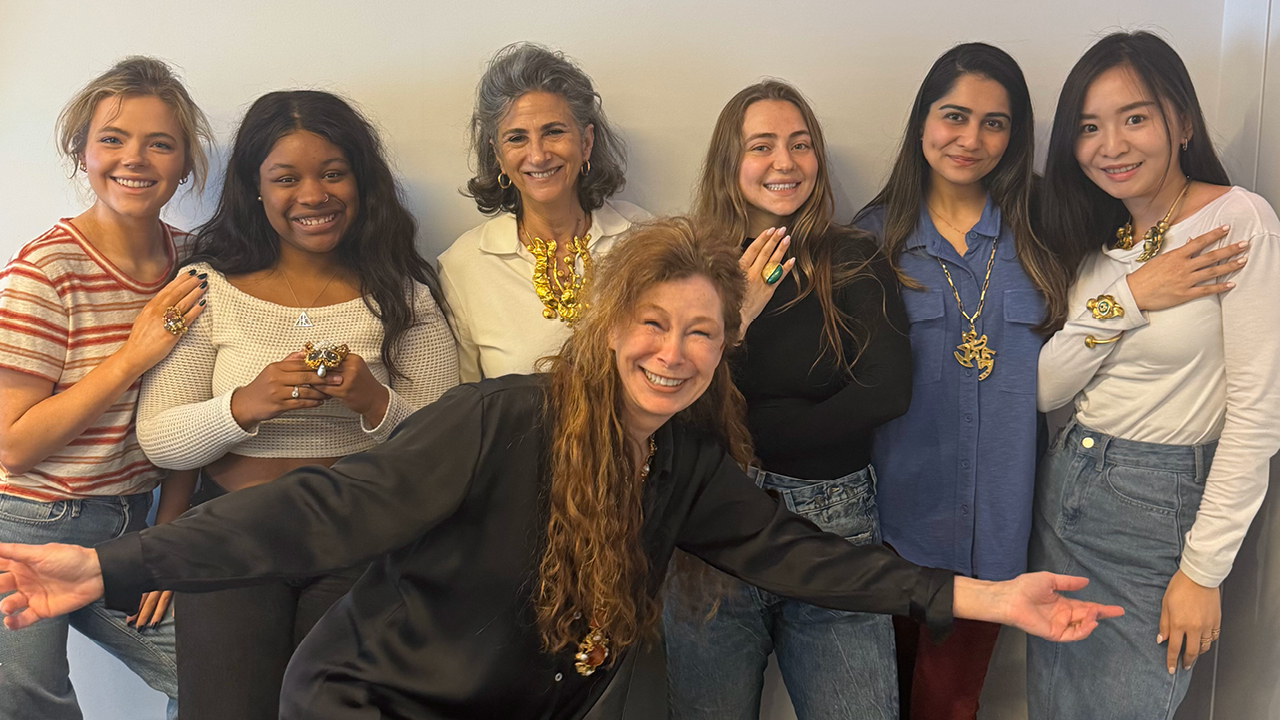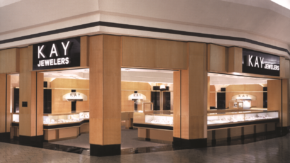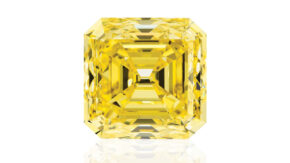Say the word “school,” and most industry professionals freeze up. However, a foundational knowledge of jewelry history is the best passport to excelling in the field. Auction house specialists, museum curators, retailers, jewelry dealers and designers all benefit from learning at accredited institutions like Sotheby’s Institute of Art (SIA) or through a wide selection of online courses.
In the US, places such as Pratt, the New School, Rhode Island School of Design (RISD), Bard Graduate Center, and the Savannah College of Art and Design (SCAD) previously offered courses on jewelry history, but now focus on teaching technique instead. To fill that gap, members-only clubs and venues abound for the serious-minded and layperson alike. Today, these organizations include the American Society of Jewelry Historians (ASJH), the Art Jewelry Forum (AJF), the Association for the Study of Jewelry and Related Arts (ASJRA), New York City Jewelry Week (NYCJW) and Gem X.
Wherever one chooses to learn, a familiarity with jewelry history is what we might call “required reading.”
L’École: A wide range of small classes
“Sharing jewelry culture with the public at large” is how Lise Macdonald, president of L’École School of Jewelry Arts, describes the mission of this elegant, nomadic institution. Van Cleef & Arpels developed and funds L’École, which began in Paris in 2012 and today has permanent campuses in Hong Kong, Shanghai and Dubai. Discussions of opening an American campus are currently in the works.
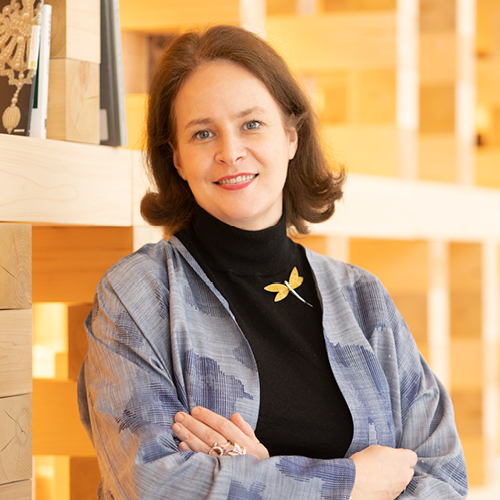
L’École centers three pillars of learning in its quest to lift the curtain on the fine-jewelry world: savoir faire, gemstones and history. For the enthusiastic generalist, and for those with extra time in their day, the school offers a medley of classes, workshops, lectures and free exhibitions. The courses — which L’École keeps small at 12 participants and two instructors on average — range from history and gemstone studies to practical applications such as making gouache renderings and sampling lapidary skills. There are even jewelry workshops for young children and teens.
Sotheby’s Institute of Art: ‘Object-based lessons’
For the young academic seeking an accredited master’s degree, SIA in New York has been among the finest in the art education business since 1969. SIA’s move into offering jewelry studies as a discipline is the work of its current program director, Ann-Marie Richard. Having observed a void in jewelry education, Richard developed the “History of Gems and Jewelry” course in 2017.
The institute’s “focus on a two-pronged pedagogy seemed perfectly suited to [engaging] in the teaching of jewelry, contextualizing the history of gems and jewelry in concert with object-based lessons,” she says. Those lessons occur through carefully designed classroom lectures and bespoke tours of museum collections and jewelry auction previews, as well as visits to leading jewelry companies and respected dealers and boutiques. Guest speakers from all sectors of the industry offer invaluable first-person experience and networking opportunities.
Does this lead to careers in the jewelry industry? The answer is an emphatic “yes.” There is the obvious segue to the auction world, as well as becoming an archivist, researcher or dealer, or working at a legacy jewelry company.
Christie’s Education: The value of a good teacher
Christie’s Education in New York offers courses “geared toward collectors, enthusiasts and professionals,” according to program director Sara Weintraub. Classroom lectures, typically attended by jewelry collectors and Christie’s clients, tend to be allied with the auction house’s Magnificent Jewels sales in an effort to “lend transparency and academic integrity to the property in the auction house,” says Weintraub. In what she calls more “experiential learning,” there are casual field trips for enthusiasts and clients of the house to meet dealers and jewelers.
But the hidden gem at Christie’s Education is jewelry historian Vanessa Cron. For years, her deep-dive instruction and passion have attracted enthusiasts as well as colleagues. Her in-person courses for Christie’s in New York, London and Hong Kong became known for setting a standard of excellence. Although she no longer teaches in person, her prerecorded online courses are superb and are still available on the company website.
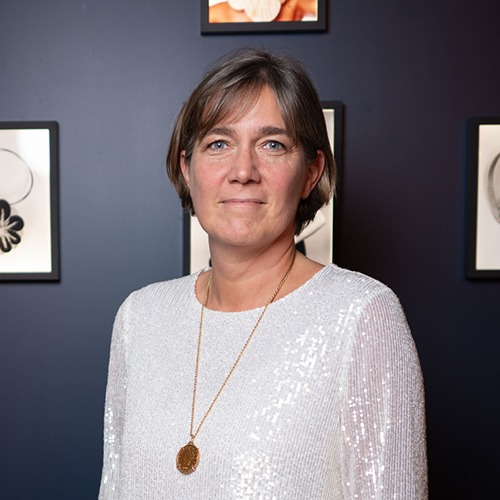
Career-complementing online courses
The most dramatic change in teaching the history of jewelry has been the continued development of online instruction. What began out of necessity during the pandemic has morphed into a steady outlet for learning. Moreover, the flexibility of online courses makes it easier for industry professionals and enthusiasts to accommodate their jobs.
The better-known sources for online learning include SIA London, Christie’s, the Victoria and Albert Museum’s V&A Academy Online, and the “Jewellery Foundation” course by jewelry authority and author Joanna Hardy. Since the pandemic, Lisbon-based gem and jewelry expert Rui Galopim de Carvalho has developed his own online courses in everything from gemstones to history to sales training, with industry professionals from the US accounting for about 20% to 25% of his students.
All of this goes to show that the learning curve keeps on curving — and that sometimes, in order to step forward, you need to look back.
Main Image: Writer Ruth Peltason (back row, third from left) with a group at Sotheby’s Institute of Art. (Sotheby’s Institute of Art)
This article is from the May-June 2024 issue of Rapaport Magazine. View other articles here.
Stay up to date by signing up for our diamond and jewelry industry news and analysis.
